Sometimes, the best signal you’ll ever find is no signal at all. Canada’s railways stretch across mountains, tundra, and coastlines so vast that time itself slows down. On these trains, there’s no rush — no notifications, no deadlines, no endless scrolling. Just motion, rhythm, and landscapes that make you forget everything else. Here are 22 train rides that turn your phone to airplane mode.
The Canadian (Toronto to Vancouver)

This isn’t just a train — it’s a cross-country odyssey. VIA Rail’s The Canadian glides 4,466 kilometres through five provinces and three time zones. Towering pines, endless prairies, and the snow-capped Rockies unfold like a film outside your window. Wi-Fi fades fast, but so does your stress. Passengers trade screens for sunsets, conversation, and quiet reflection in the glass-domed Skyline car. By Jasper, you’ll realize your phone isn’t missing anything worth seeing. The rhythm of the rails becomes meditation, the scenery your only feed.
The Ocean (Montréal to Halifax)
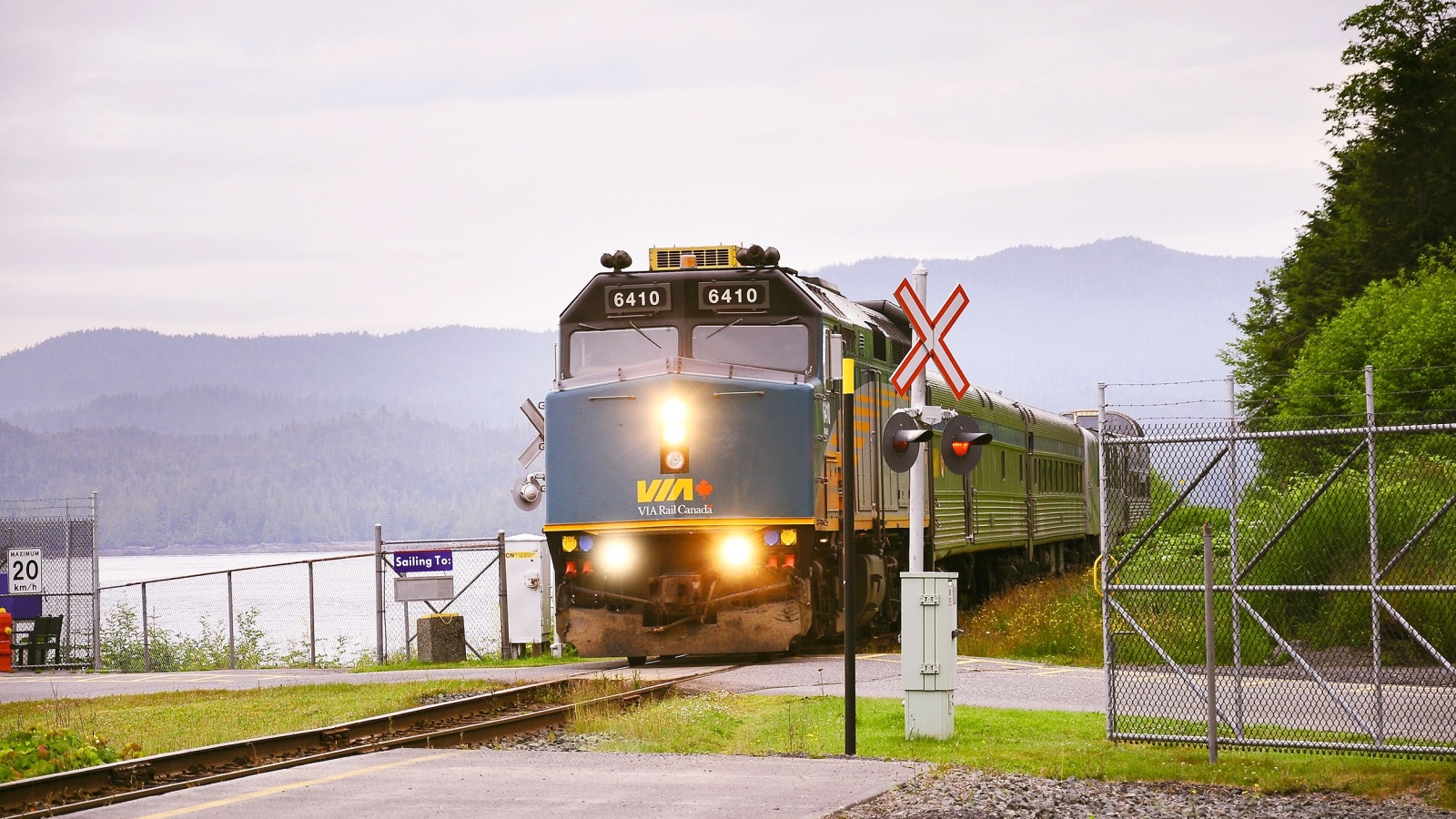
Rolling east from Montréal, The Ocean has linked Quebec and the Maritimes for over a century. The 1,346-kilometre journey hugs rivers, forests, and coastline, revealing Canada’s maritime soul in slow motion. It’s the kind of trip where conversation replaces connection speed. The dining car clinks softly as lobster dinners meet Acadian sunsets. Villages flicker by like memories — each station stop a quiet breath of history. When you cross into Nova Scotia, the air smells of salt and pine. By Halifax, your phone will feel irrelevant.
Rocky Mountaineer (Vancouver to Banff)

Luxury meets landscape aboard the Rocky Mountaineer, a daylight-only journey through the Canadian Rockies. The glass-domed coaches give every mountain, river, and glacier its own stage. You’ll pass through Kamloops, climb along the Fraser Canyon, and trace the Thompson River’s emerald path. The train slows for photo ops, but you won’t need your camera — your mind will remember. Meals are served fresh and regional, matched with stories of the wild West. No Wi-Fi, no rush, just awe. For two days, time bends around the mountains, and you remember what stillness feels like.
Agawa Canyon Tour Train (Sault Ste. Marie, Ontario)
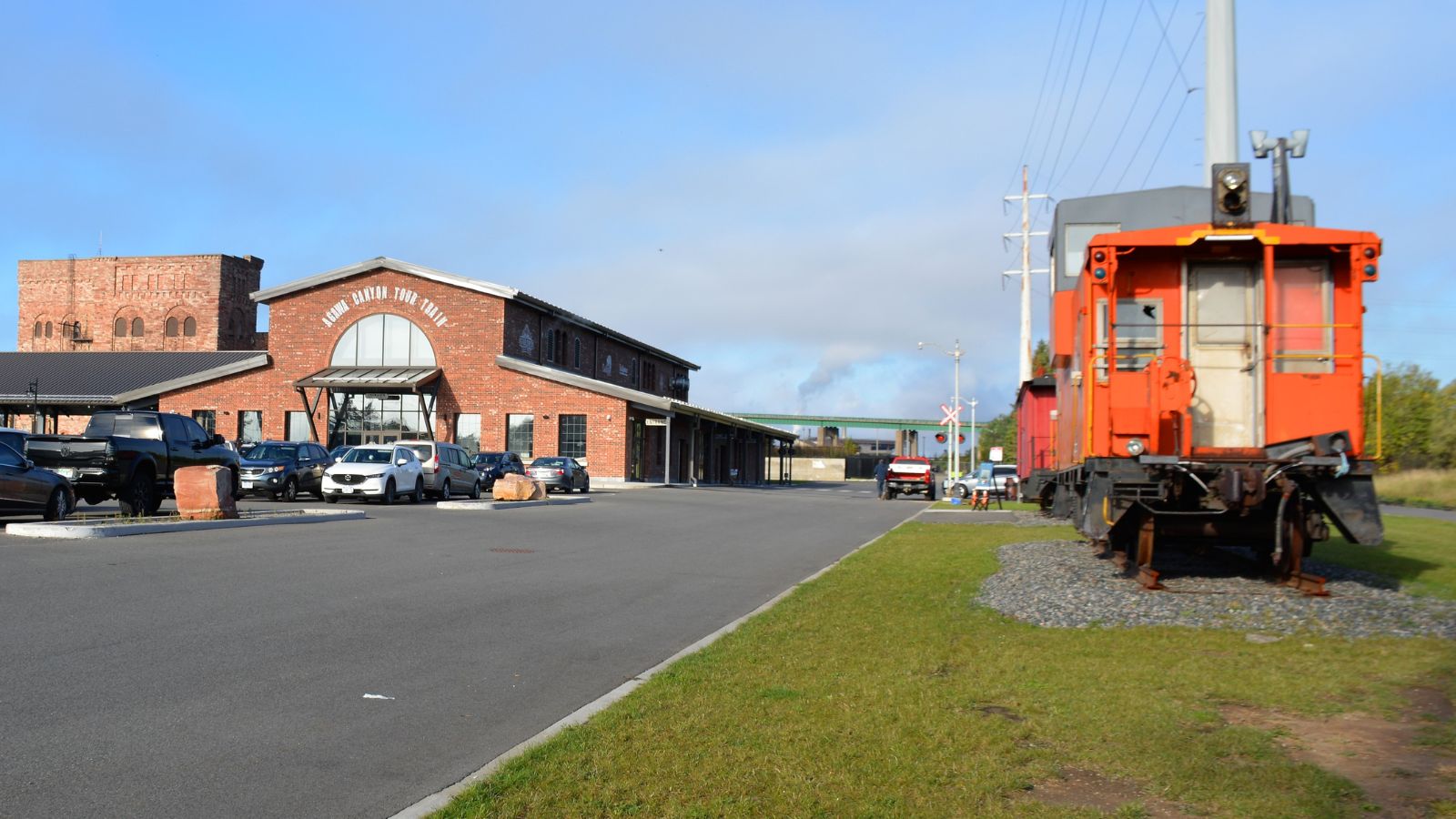
This Northern Ontario gem feels like a secret whispered between forests. The Agawa Canyon Tour Train winds 183 kilometres north through granite cliffs, maple valleys, and mirror-still lakes. Every curve feels cinematic — especially in autumn, when the trees ignite in gold and crimson. Midway, the train stops in the canyon for hikers to wander trails and waterfalls. No cell service, no distractions — just wind, birds, and the rustle of leaves. It’s pure Canadian wilderness, accessible only by rail. By the return trip, your screen will feel like an interruption to beauty.
Jasper–Prince Rupert Train (VIA Rail)
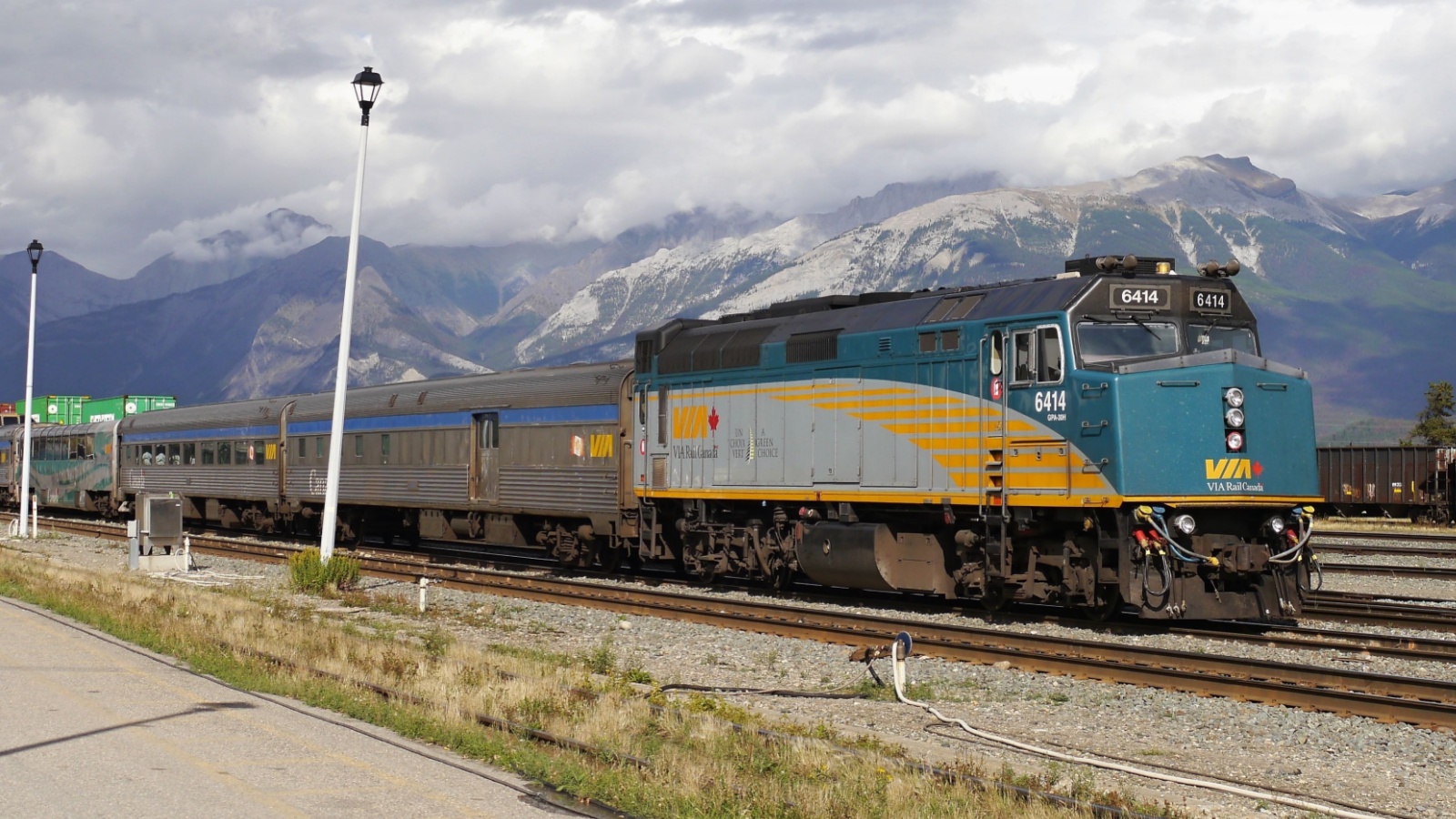
Stretching from the heart of Alberta’s Rockies to B.C.’s rugged coast, this 1,160-kilometre route may be Canada’s most underrated. It crosses rivers, mountains, and rainforests, often with no road in sight. You’ll pass through tiny communities and wild landscapes where moose outnumber humans. The rhythm of the train matches the pulse of nature itself. The view from Skeena River’s edge is worth every unplugged hour. When you finally reach Prince Rupert, watching the Pacific roll in, you’ll feel changed.
White Pass & Yukon Route (Skagway to Carcross)
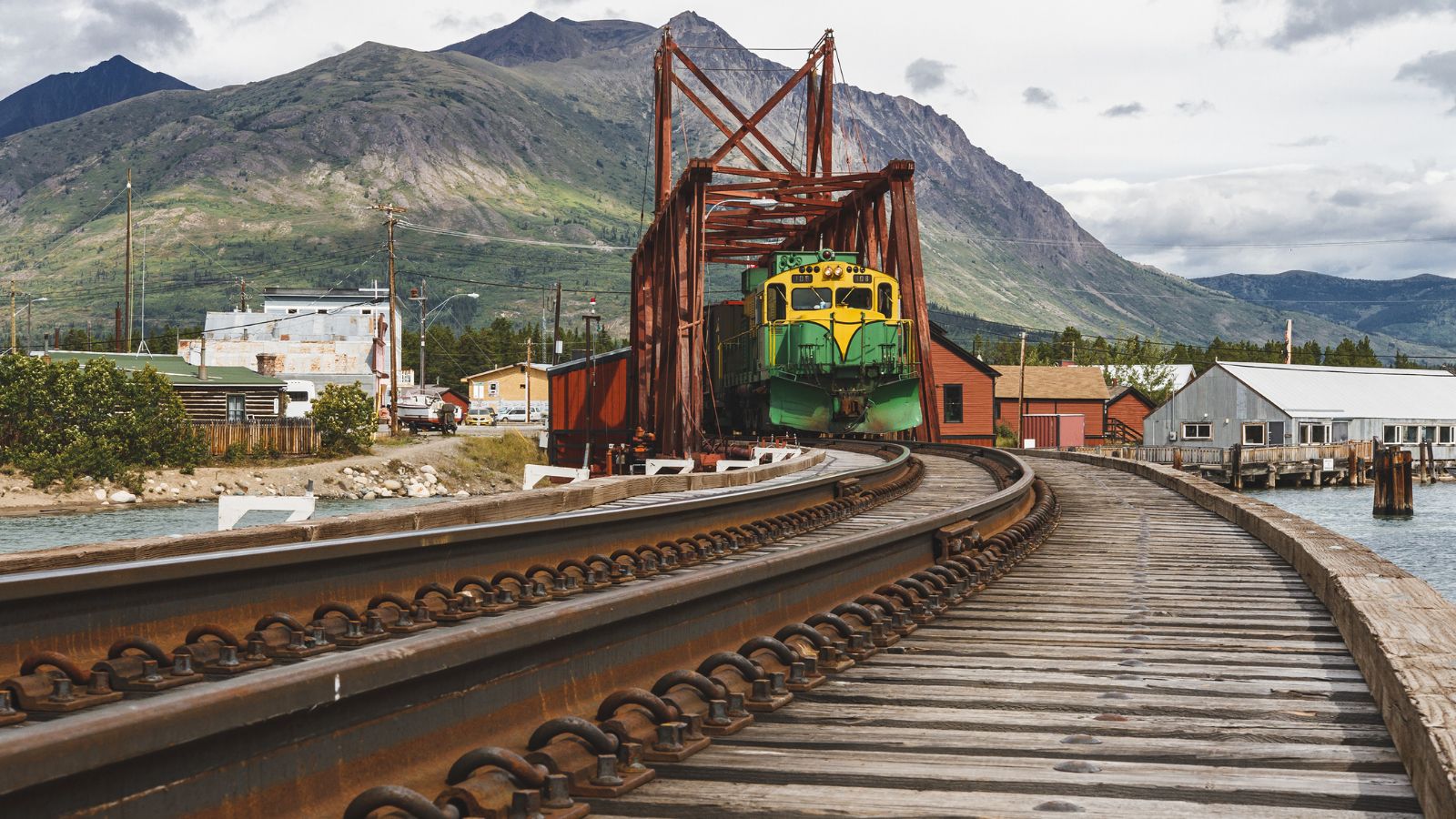
Built during the Klondike Gold Rush, this narrow-gauge marvel climbs from sea level to alpine tundra in under 32 kilometres. It’s history carved into the mountains. From vintage coaches, you’ll see waterfalls, gorges, and trestle bridges that defy gravity. Crossing into Canada, the Yukon stretches before you in silence — vast, untouched, humbling. With no Wi-Fi and no signal, the past feels present. The rails whisper old stories, and for a few hours, you live inside them.
Train de Charlevoix (Québec City to La Malbaie)

This riverside route follows the St. Lawrence shoreline, passing fishing villages, cliffs, and lighthouses so close you could almost touch them. The Train de Charlevoix feels like a postcard in motion. It’s a two-hour escape from screens and schedules, powered by calm. The rhythmic sway of the car pairs perfectly with waves crashing against rock. Locally sourced snacks, artisanal charm, and bilingual warmth make it pure Quebec. As you glide into La Malbaie, your mind feels lighter.
Polar Bear Express (Cochrane to Moosonee, Ontario)

This northern legend isn’t fancy — it’s essential. The Polar Bear Express travels 300 kilometres into Ontario’s James Bay frontier, connecting remote communities few Canadians ever see. You’ll cross muskeg, tundra, and wide-open skies that seem to stretch forever. Locals ride with groceries, workers, and stories from the bush. The rhythm feels human — slow, steady, alive. By Moosonee, you’ll understand that connection means more than Wi-Fi.
Keewatin Railway (The Pas to Pukatawagan, Manitoba)

Operated by First Nations communities, this route represents resilience on rails. It threads 400 kilometres through boreal forest and rocky lakes, linking isolated regions of northern Manitoba. The scenery alternates between serene and surreal — misty rivers, endless spruce, sudden moose sightings. Onboard, conversation flows easily. There’s no service, no streaming — just stories, laughter, and shared snacks. Every kilometre feels like a bridge between worlds.
Ocean Train Sleeper (Halifax to Montréal, overnight)
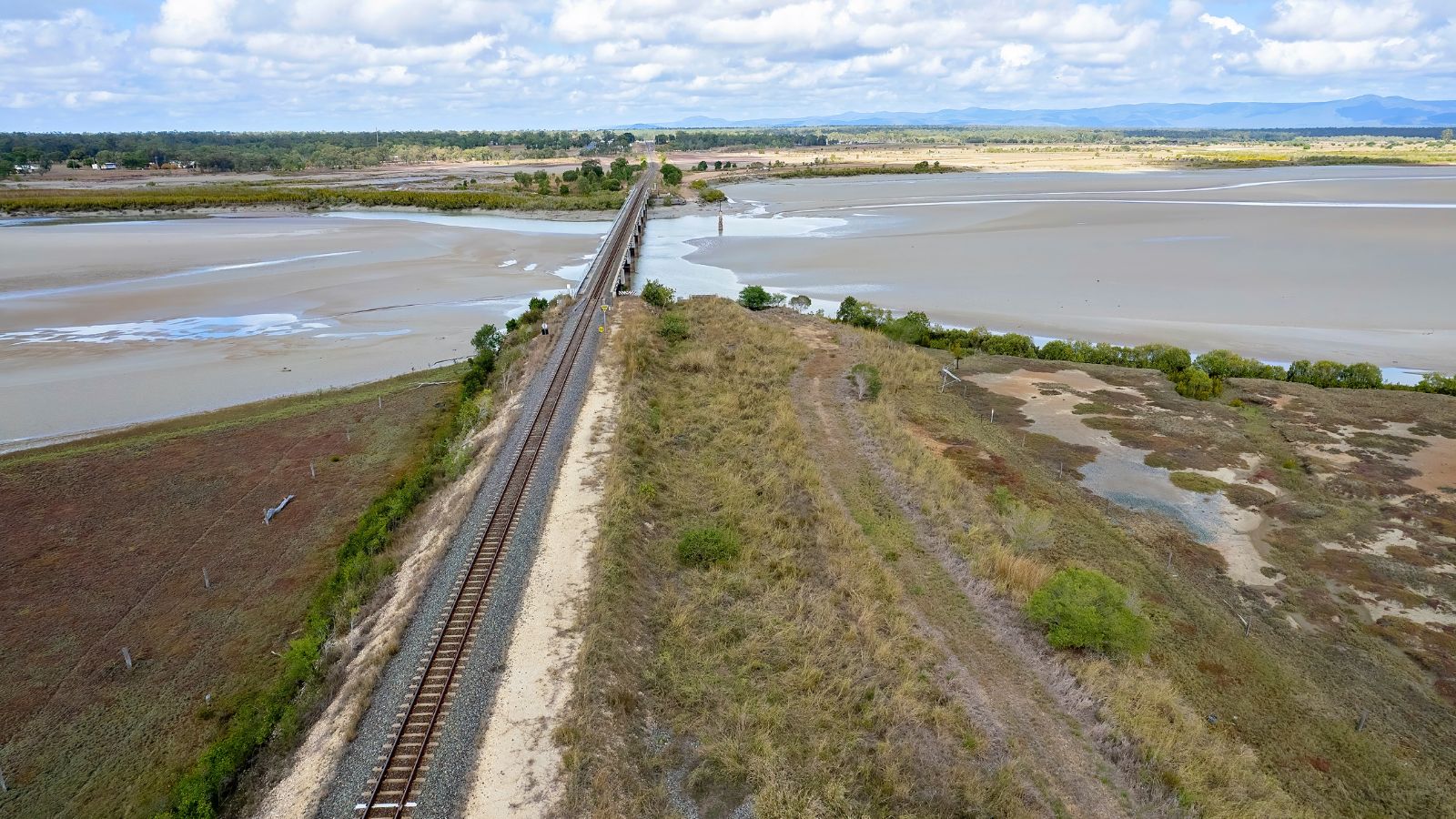
Take the Ocean at night, and the rhythm becomes a lullaby. As Atlantic darkness envelops the car, you fall asleep to the hum of steel and sea. You wake to Quebec’s misty farmland glowing in dawn light. Breakfast is warm coffee and quiet conversation as you glide past riverbanks and steeples. There’s no phone signal, but every moment feels charged with calm. Overnight travel may seem outdated — until you realize it’s meditation in motion.
Prince George to Prince Rupert (Skeena Route)
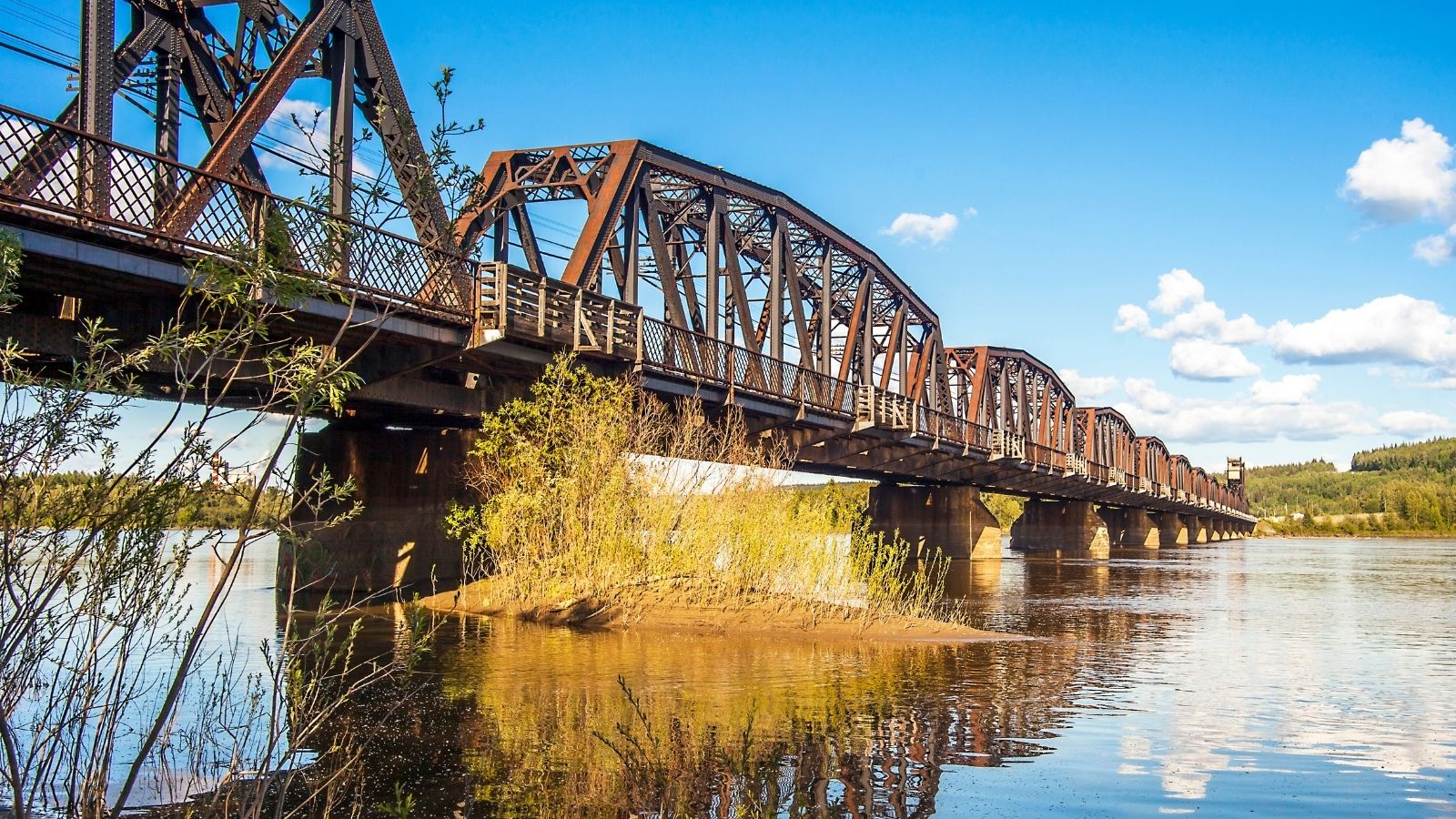
This leg of the Skeena train is pure wilderness theatre. Rivers glint beneath snow peaks, and waterfalls appear like brief applause before vanishing into forest. You’ll pass First Nations territories, salmon streams, and eagles soaring overhead. The silence between tunnels feels almost sacred. There’s no connection except the one between you and the land. By the time the Pacific fog rises around Prince Rupert, you’ll wish the journey never ended.
Kettle Valley Steam Railway (Summerland, British Columbia)
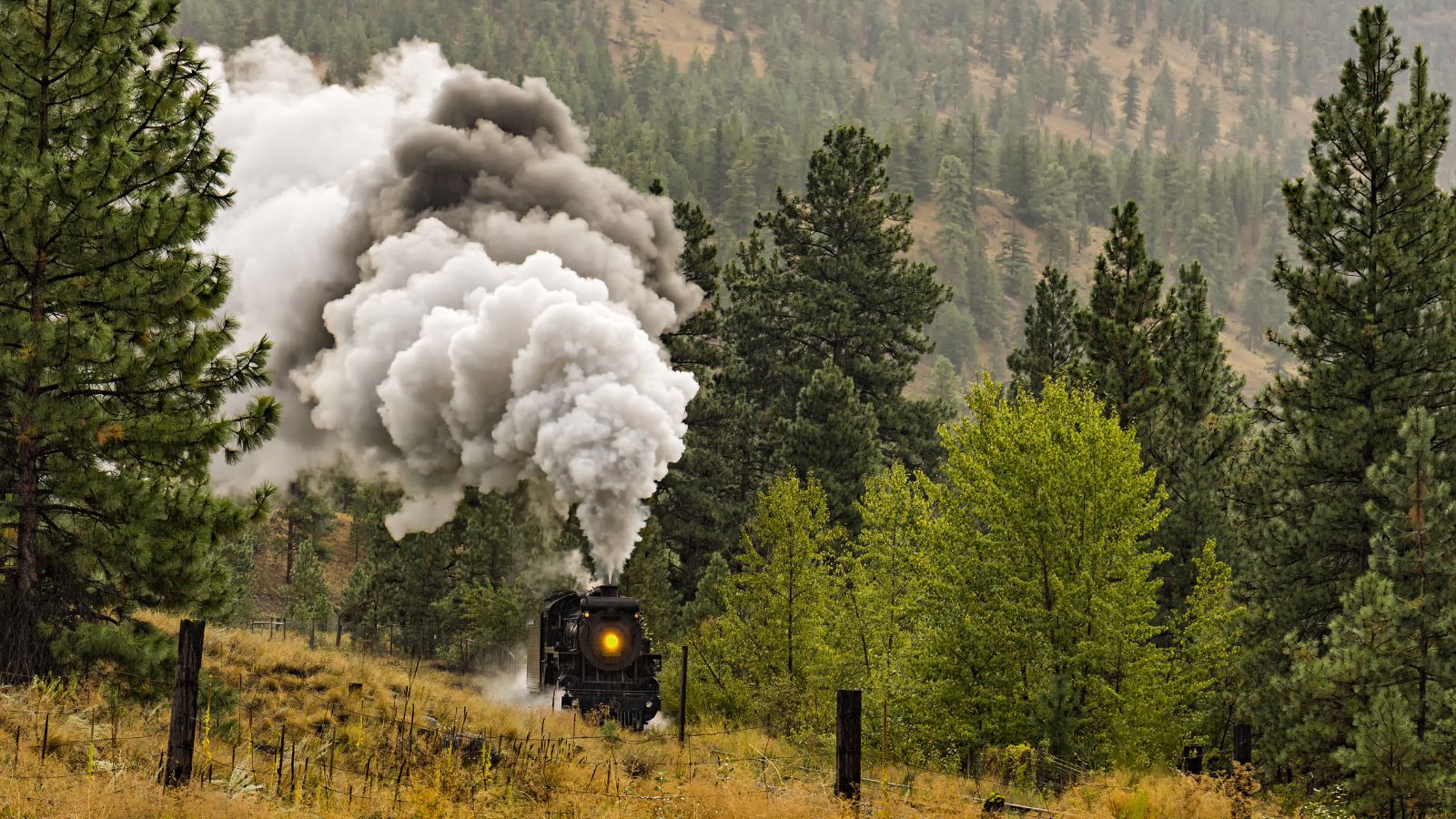
Steam whistles echo through Okanagan orchards as the Kettle Valley Railway winds past vineyards, cliffs, and shimmering lakes. The restored 1912 steam locomotive breathes nostalgia with every puff of smoke. It’s a short journey — just 16 kilometres — but it feels like stepping back a century. Families wave from crossings; the air smells of pine and peach. You forget your phone completely because the rhythm of the rails becomes your soundtrack. Every curve carries echoes of early Canadian expansion, every view a postcard in motion.
The Corridor (Toronto to Ottawa)

The Corridor isn’t wild or remote — it’s quietly powerful. Between two of Canada’s busiest cities lies a surprisingly tranquil ride that feels slower, calmer, and more thoughtful. Instead of traffic or screens, you get farmland rolling past like painted waves. Business travellers soften, students nap, and everyone watches fields blur into forests. It’s stillness disguised as convenience. As the train slides into Ottawa’s skyline, you’ll realize that unplugging doesn’t always mean wilderness.
Winnipeg to Churchill (Manitoba)
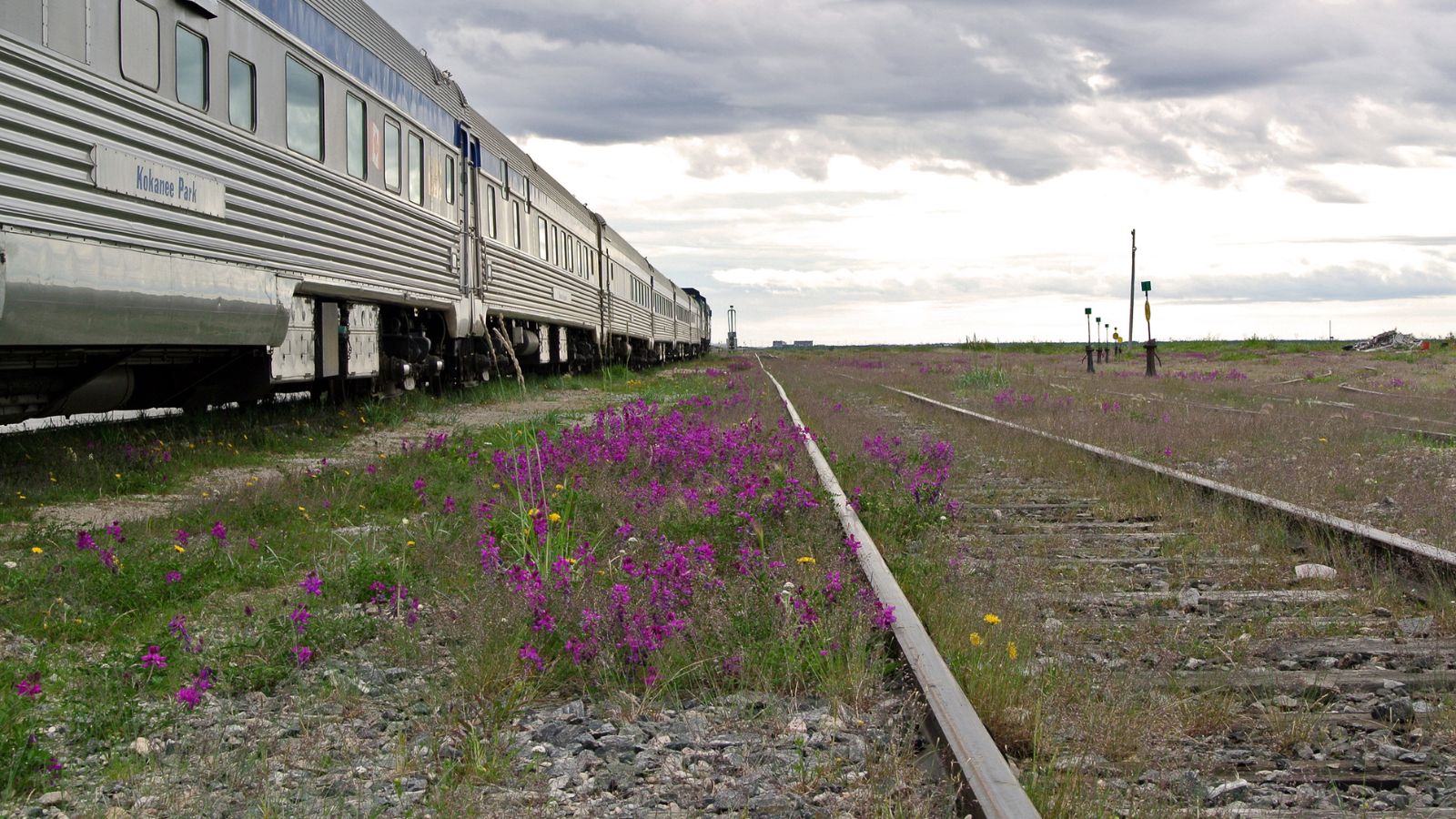
It’s the only train that reaches the Arctic Ocean — and it’s unforgettable. The 1,000-kilometre trek from Winnipeg to Churchill crosses prairie, boreal forest, and tundra. Wildlife sightings are constant: moose, caribou, foxes, and — if you’re lucky — polar bears. The pace is slow, intentionally so, allowing time to absorb the enormity of the North. There’s no signal after Thompson, but it doesn’t matter. The train hums through silence older than the map itself.
Ontario Northland (Toronto to Cochrane)
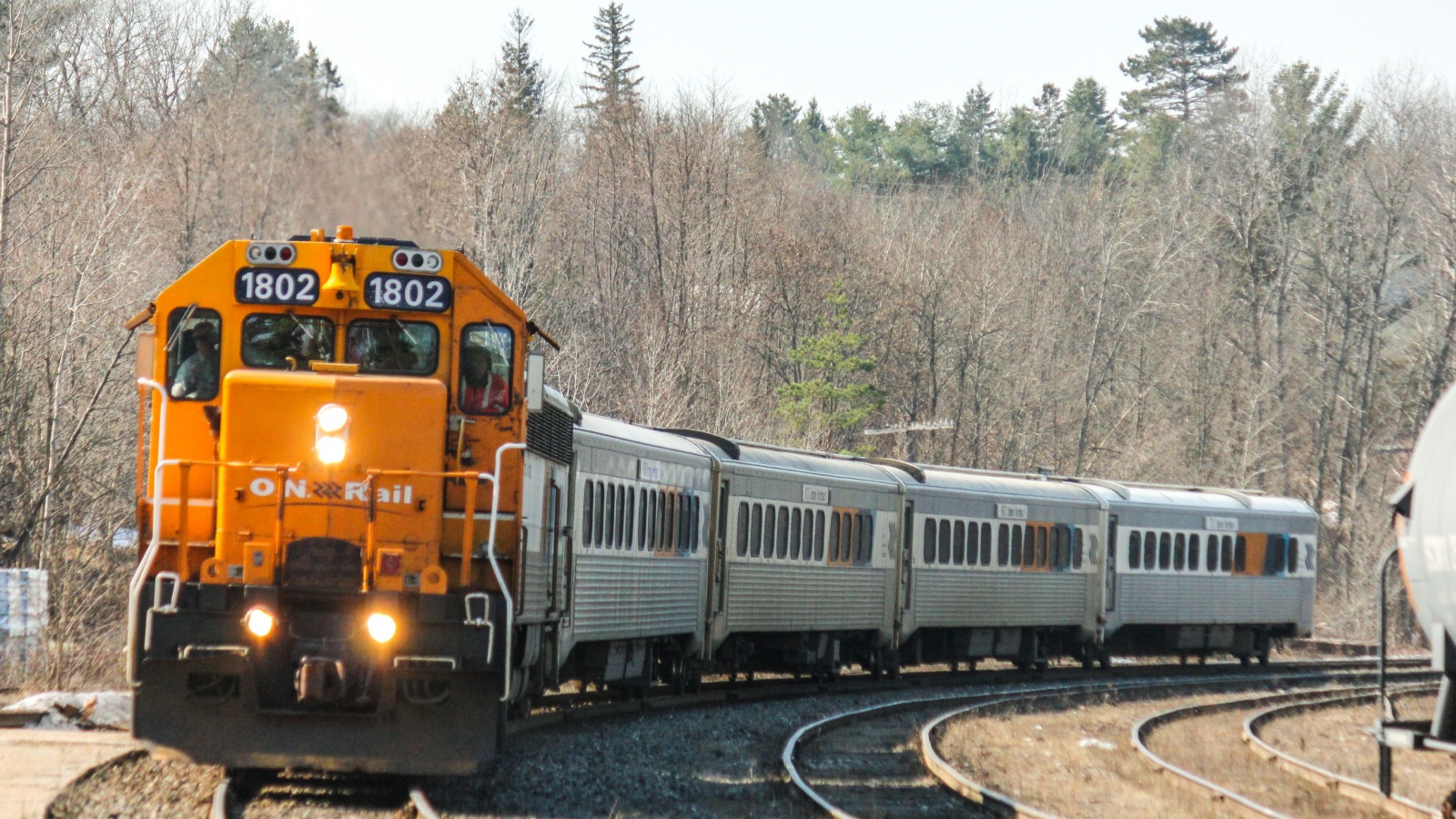
Running through Muskoka’s lakes and Northern Ontario’s forests, this overnight route feels like summer camp for grown-ups. You fall asleep to pine-scented wind and wake to misty wilderness. No screens, no stress — just railcars full of quiet dreamers heading north. Accountants, students, families — everyone becomes equal under the hum of steady motion. When dawn paints Cochrane’s station in amber light, you’ll realize your phone battery’s still full — because you never needed it once. The North recharges you differently.
Vancouver Island Railway (Duncan to Courtenay)
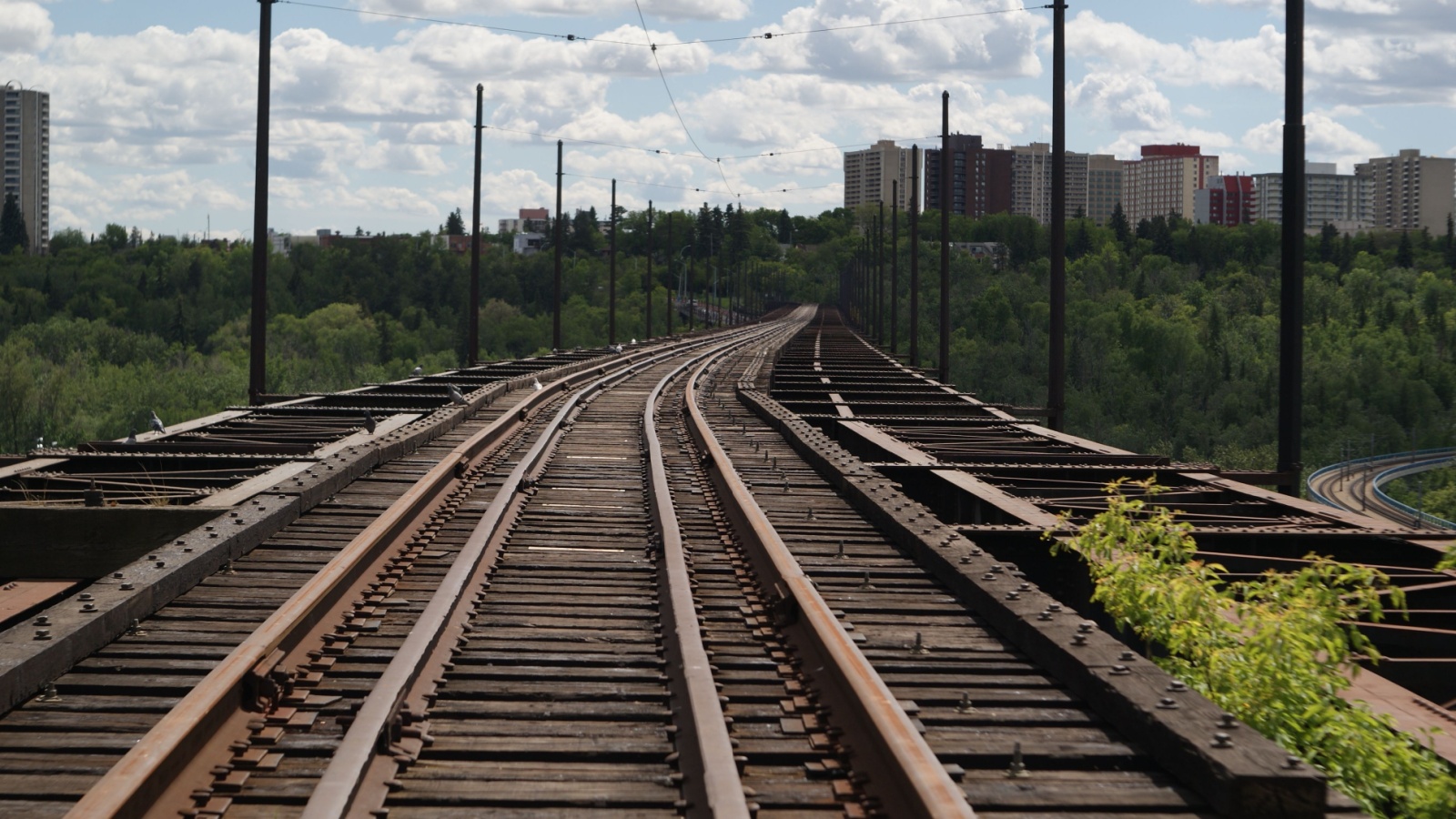
Currently being revived, this island route was once one of Canada’s most scenic short lines. Winding through cedar forests and seaside cliffs, it offered views few roads could match. Locals fondly recall leaning out of open windows to smell ocean spray and hear loons echo across Cowichan Valley. It was slow, deliberate, and quietly perfect. When the line reopens, it’ll remind travellers why trains never really go out of style — they simply wait for us to slow down again.
Le Train de la Gaspésie (Matapédia to Gaspé)

This breathtaking route hugs Quebec’s rugged coast, passing cliffs that plunge straight into the Gulf of St. Lawrence. Whales sometimes surface beside the rails. Each curve reveals something new — fishing villages, lighthouses, and wildflowers swaying in salty wind. There’s no Wi-Fi, but nature’s connection is stronger anyway. By the time you reach Gaspé, the edge of the continent feels like the edge of the world. It’s not just a train — it’s an exhale.
VIA Rail’s Chaleur Route (Montréal to Gaspé, classic)
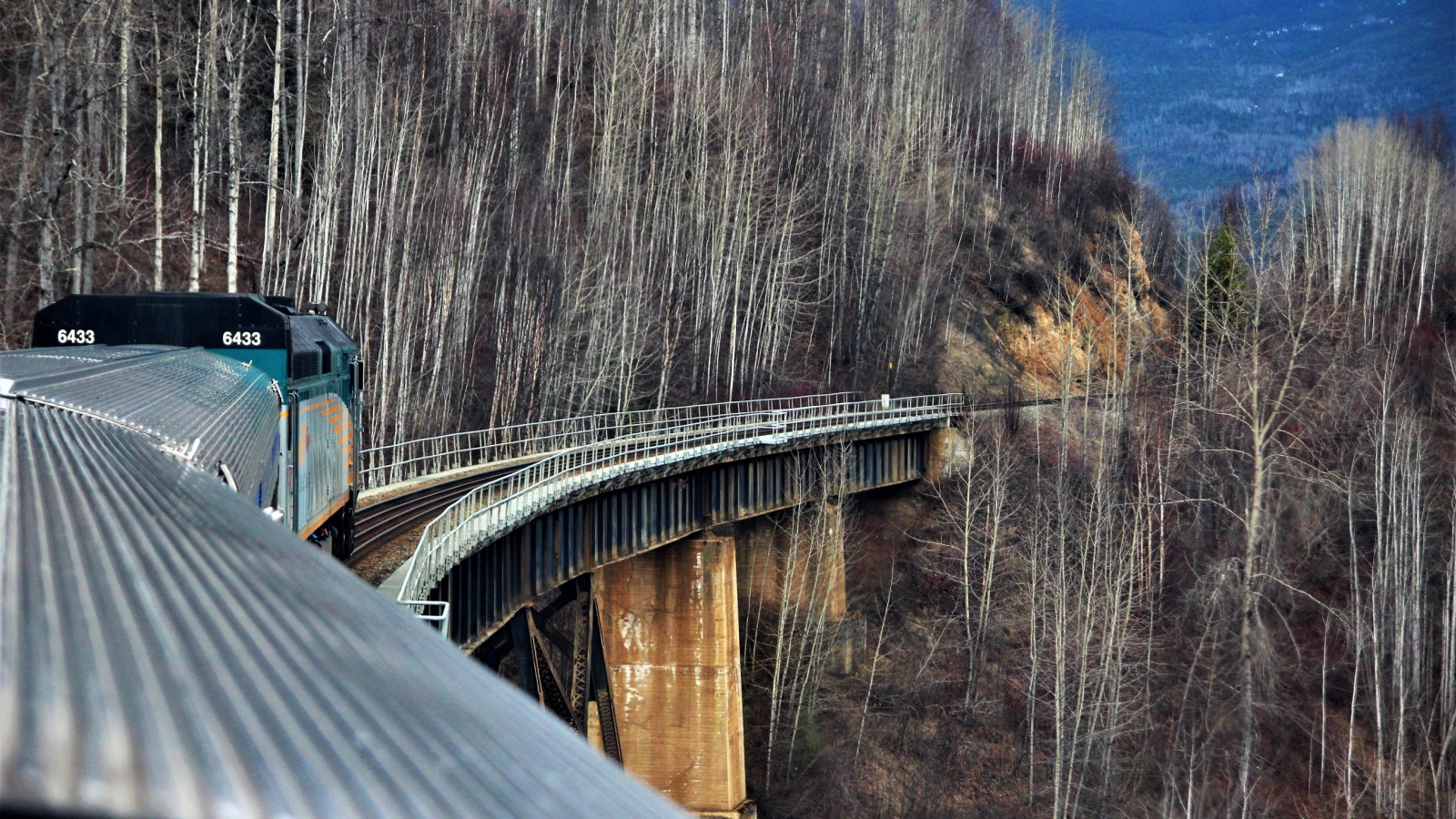
Though currently paused, this historic route remains legendary among travellers. It once followed the same dramatic coastline, stopping in towns that still remember the sound of its whistle. Passengers recall sea spray on windows, cliffs brushing against clouds, and the hum of rails mingling with waves. It embodied the essence of slow travel — no rush, no noise, just rhythm. Even dormant, it’s cherished. And when it returns, Canadians will once again find peace where land, sea, and steel meet.
Alberta Prairie Railway (Stettler to Big Valley)
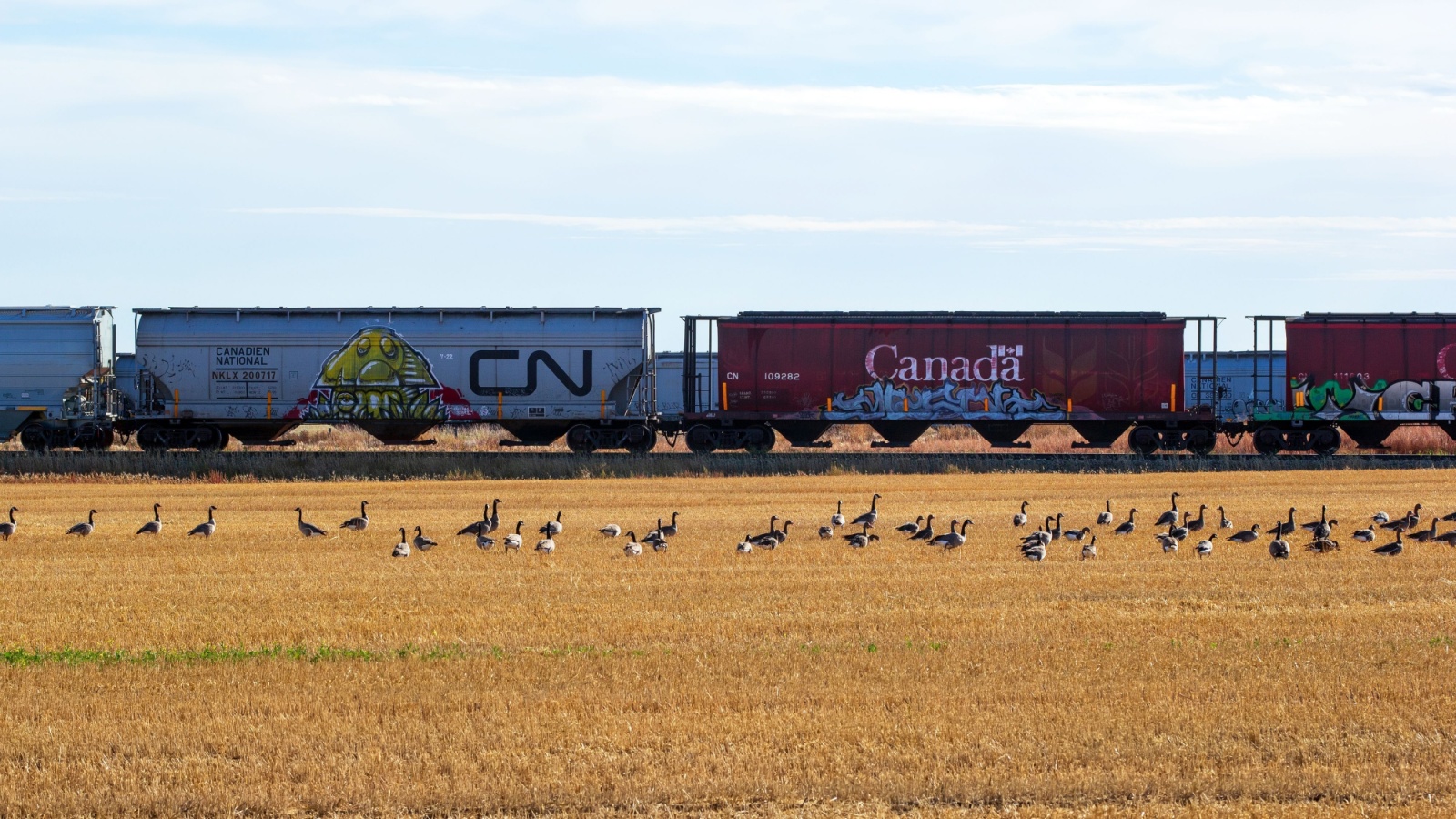
Steam and storytelling merge on this prairie ride through Alberta’s golden heartland. Conductors wear vintage uniforms, and musicians play live folk tunes between cars. It’s part history, part theatre, and entirely charming. As wheat fields stretch to infinity, you’ll forget every notification. There’s something healing about moving slowly through space so open and honest. By the time you reach Big Valley’s historic station, you’ll wish every weekend felt like this — simple, steady, and unconnected.
The Muskoka Heritage Train (Port Carling to Huntsville)
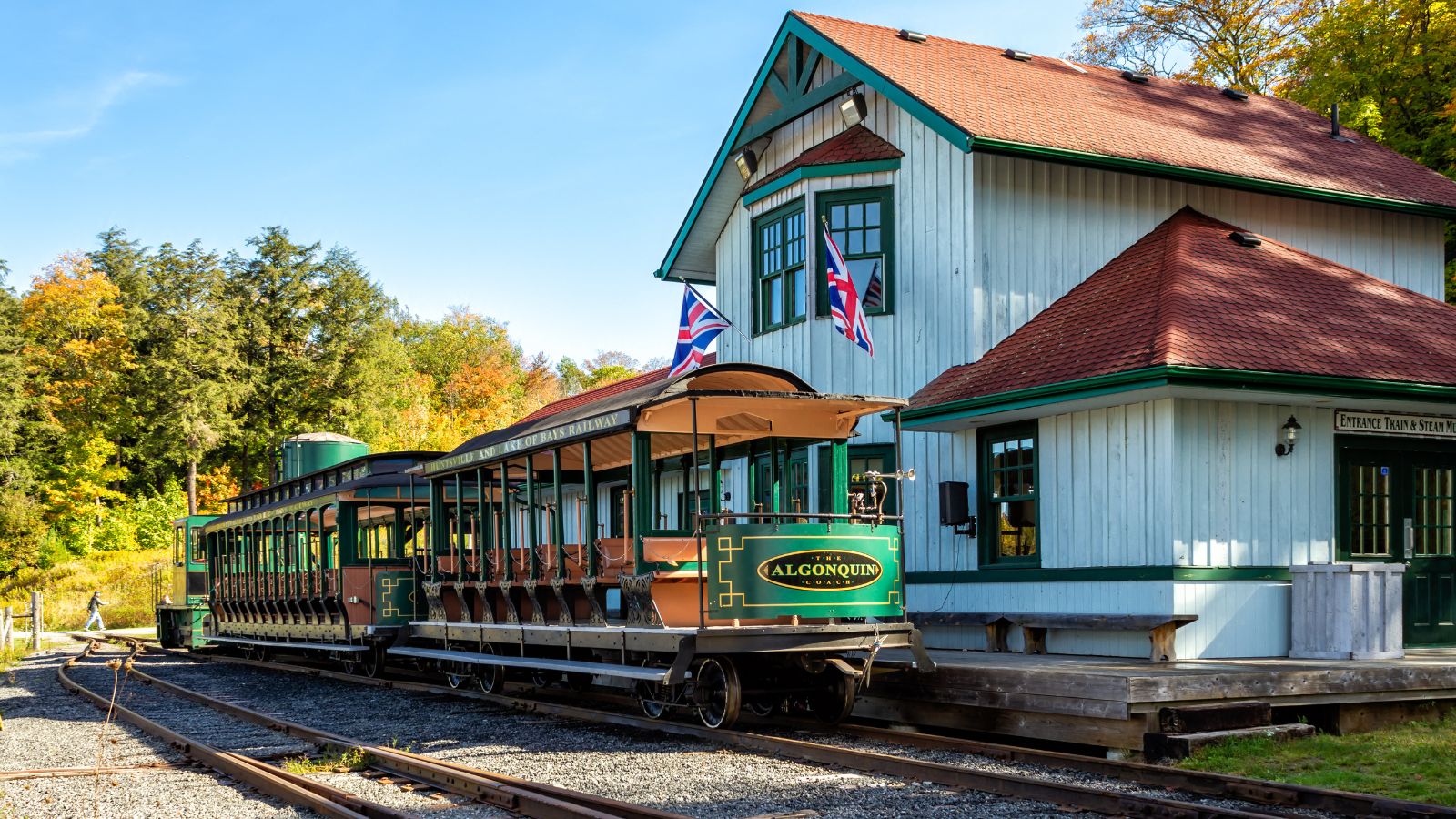
This short, nostalgic ride through Ontario’s cottage country captures the province’s soul in motion. Birch trees flash by, lakes glint through evergreens, and the air smells of campfire smoke. Couples hold hands, kids wave to passing canoes, and phones stay tucked away. The ride isn’t long — maybe an hour — but it resets you entirely. You disembark slower, happier, and slightly sunburned, realizing the best moments never needed documenting.
Agassiz–Harrison Hot Springs Excursion (British Columbia)
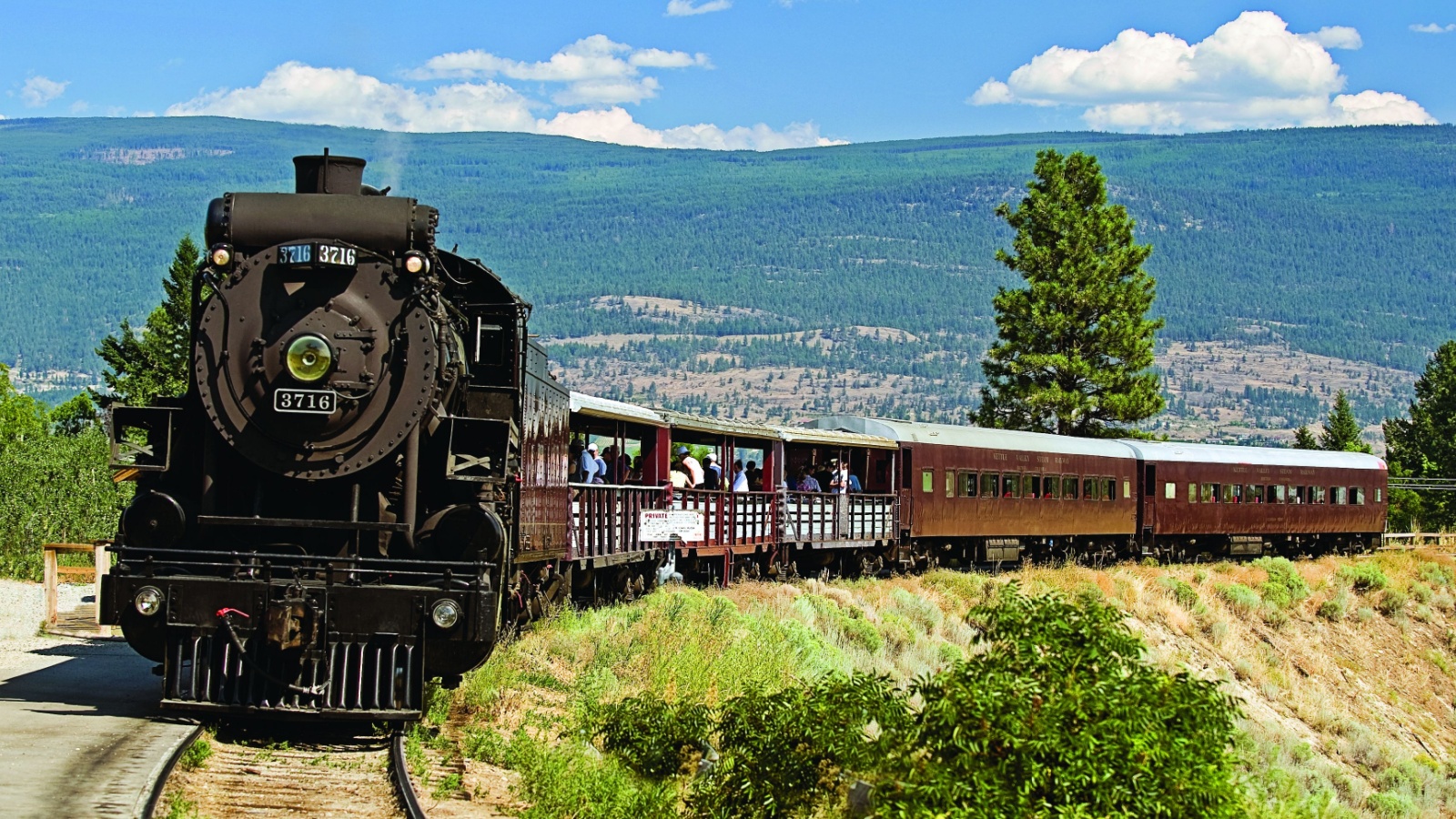
Few know this local treasure. The train winds through Fraser Valley farms and mountain passes before stopping near B.C.’s soothing mineral springs. You step off to steam, soak, and breathe — the kind of reset only nature can provide. When you reboard, serenity hums through the rails. Phones don’t work in the canyon, and nobody cares. The sound of wind and steel is better than any playlist.
The Halifax & South Shore Railway (Classic Route Revival)

Once a lifeline for Nova Scotia’s coastal towns, this line is slowly returning as a tourist favourite. It snakes along cliffs, through pine forests, and past coves that sparkle like glass. Even in partial service, it captures the essence of Atlantic calm — salt air, gull cries, and that hypnotic click of wheels on track. No Wi-Fi, no noise, just the rhythm of home. Every kilometre feels like therapy — and by the final stop, you’ll realize airplane mode isn’t a setting; it’s a state of mind.
21 Products Canadians Should Stockpile Before Tariffs Hit

If trade tensions escalate between Canada and the U.S., everyday essentials can suddenly disappear or skyrocket in price. Products like pantry basics and tech must-haves that depend on are deeply tied to cross-border supply chains and are likely to face various kinds of disruptions
21 Products Canadians Should Stockpile Before Tariffs Hit
